Jonathan Richards and Kirsten Stanisich create spaces that align with the human need for wellbeing, that address inclusivity and sustainability, and that make people ‘feel something’.

May 5th, 2020
With experience comes deep insight – and our four INDE.Awards Luminaries of 2020 have it in spades. Hailing from Indonesia, Hong Kong and Australia, their stories of practice through the years reveal not only their own drivers but also facets of context. Through their stories, we find windows to the conditions in which they practice – how things are, and how they hope things will be in future.
Each story is unique as written by the architects and designers in their own words. It is an honour to share their journeys with you in a series of articles.
Here, Jonathan Richards and Kirsten Stanisich, Directors of Sydney-based interior design studio Richards Stanisich, share insights into a practice that prioritises wellbeing and a deep understanding of the sensory human experience of space.
Our ethos has been to develop a design practice with a singular vision for the quality and design calibre we provide our clients. We are intent on responding to each project with a unique voice, yet there is a consistent exploration of creating spaces with a sense of textural simplicity. In 2017, after having been the Directors and Partners of SJB Interiors NSW for over a decade, we rebranded our team to Richards Stanisich to distinguish our design ethos.
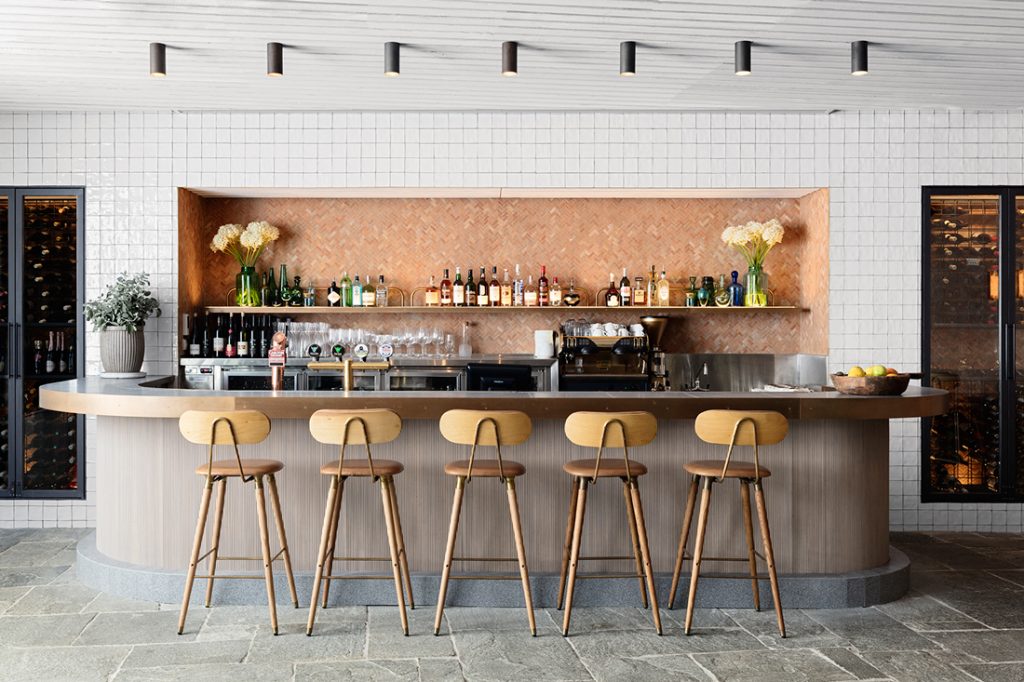
The Buena (2016). Photo by Felix Forest
Our practice works on projects across several different sectors including hospitality, single and multiple residential, large-scale retail, corporate lobbies and office spaces. We are mindful of the context in which we are designing: an age that is increasingly digital and a community that is evermore narcissistic and detached. As designers, we can create spaces that counter this direction. Our key interest is developing spaces to align with the human requirement for wellbeing through the exploration of natural materials, textures, spatial volumes, context and detail.
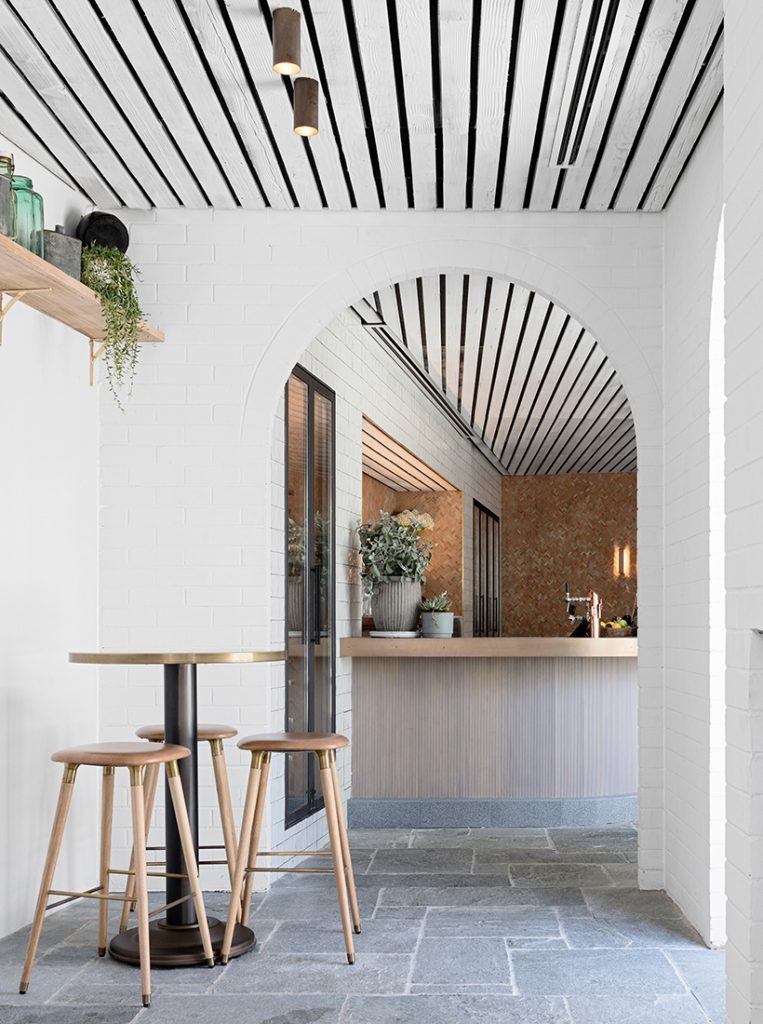
The Buena (2016). Photo by Felix Forest
A key part of our ethos has been to contribute to the design industry. We design with a communal spirit and similarly believe contribution to the industry is essential. We have consistently chaired and participated in industry award panels over the last twelve years. Kirsten held the office as the NSW President for the Design Institute of Australia as well as a national director role. She was entered in the DIA Hall of Fame in 2019. We have both been members of the DIA for the past fifteen years and are both registered Architects with the AIA.
We have been awarded a number of industry accolades for our design work including Designer of the Year at the IDEA Awards, Designer of the Year at the Belle Coco Republic Awards, Vogue Living’s 10 Houses that Defined the 2010s, National Gallery of Victoria’s Rigg Design Prize, as well as numerous project-specific awards.
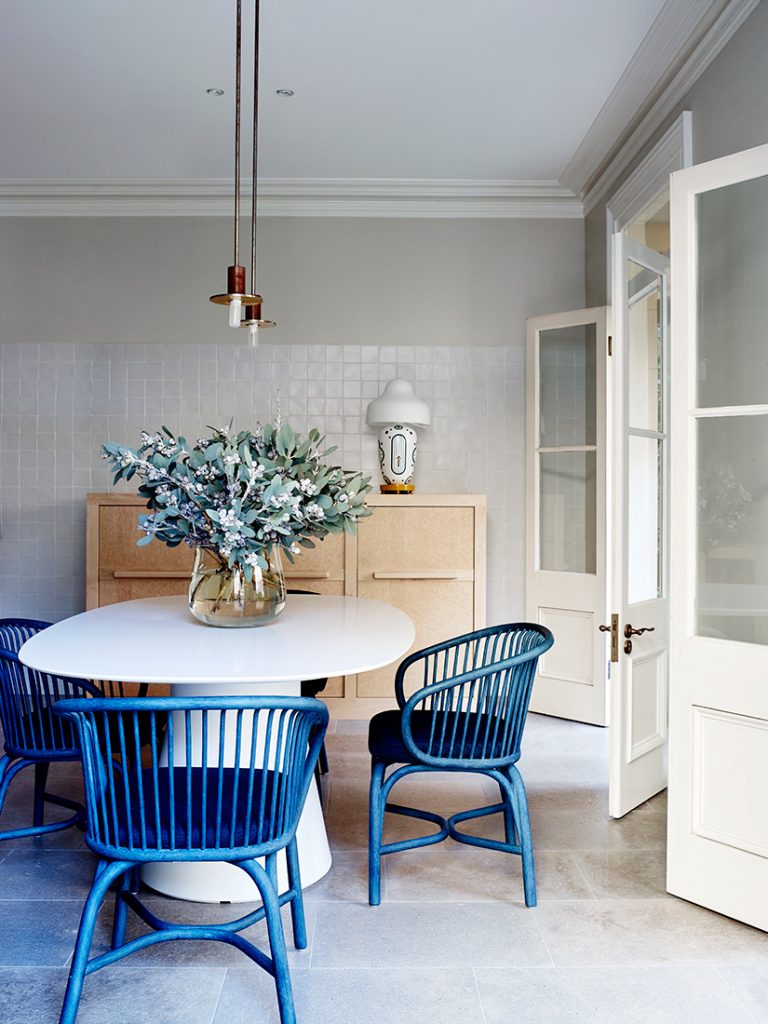
Private Residence (2016). Photo by Anson Smart
Ongoing professional development for our own practice as well as our contribution to the profession is important to us because it makes us better designers. We hold fortnightly seminars in our studio featuring guest presenters for our team, covering numerous topics from regulation, planning, buildability, materials and methodology to educate our team in the best and most relevant methodologies. We regularly tutor at and deliver lectures to university design programs and sponsored student awards.
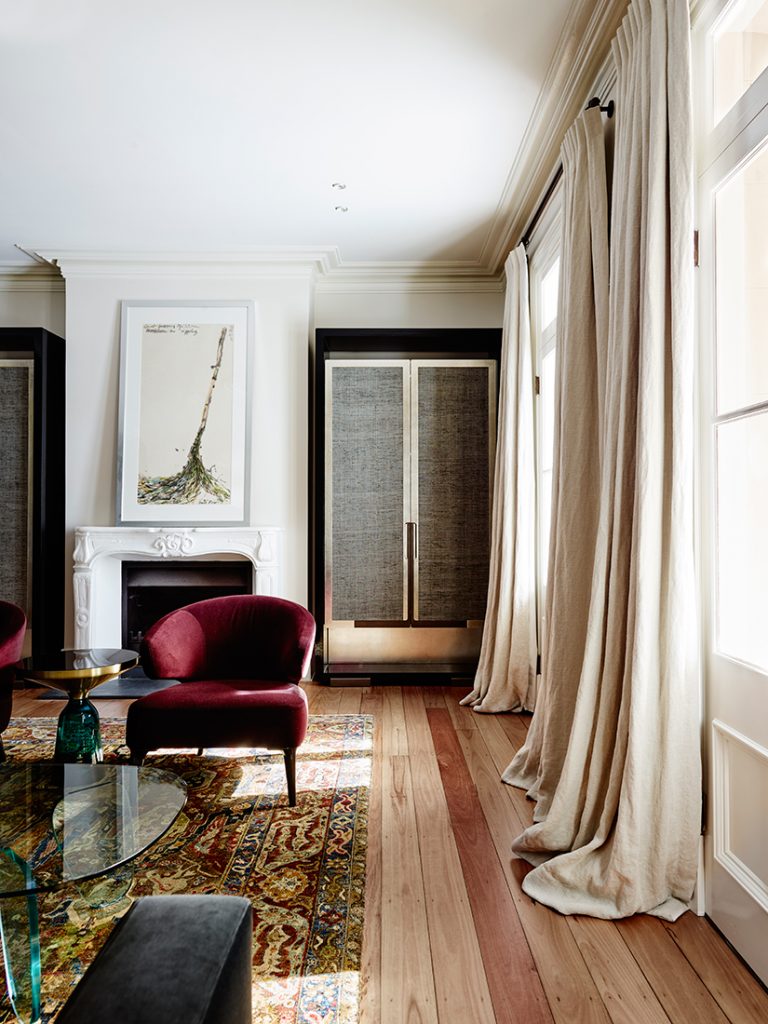
Private Residence (2016). Photo by Anson Smart
Our motivation for the continued progression of new ideas through design is to develop outcomes that benefit not only our clients but also the greater community. By responding to evolving contexts and the human necessity for wellbeing, we are considering issues that are globally significant; but the detail in how we execute them is local to our South Pacific region.
Recently we have been investigating the ways in which design can wake us up to alternative viewpoints on colonisation and allow the expression of first peoples, and how this can be implemented in a commercial context. We need to have conversations with the right people to ensure that projects are respectful to the land and those that have a relationship with it.
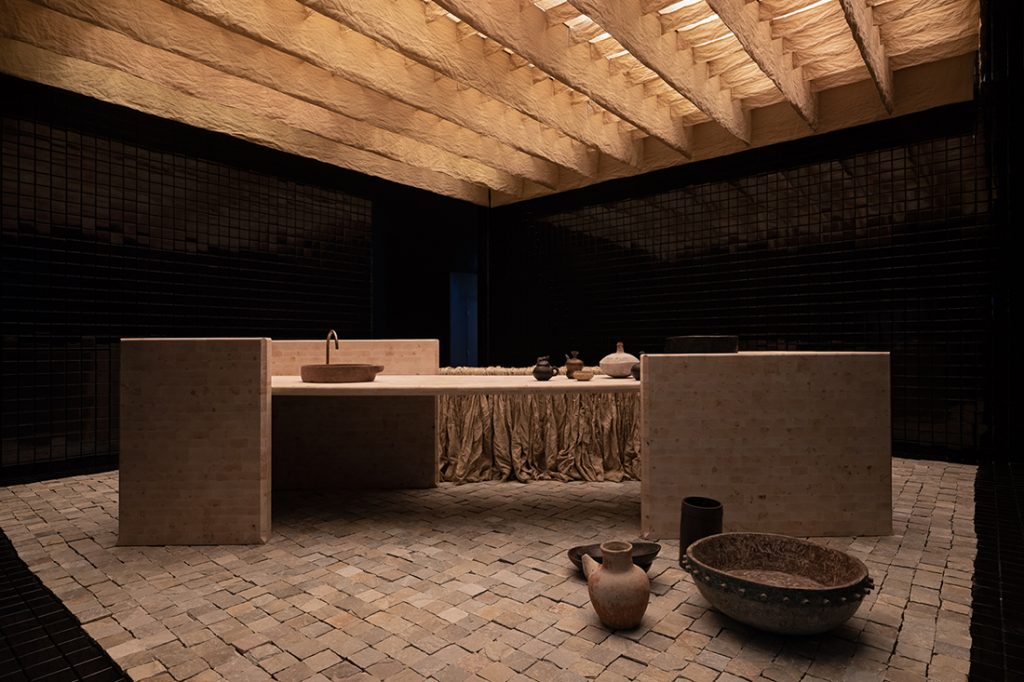
Rigg Design Prize (2018). Photo by Felix Forest
A specific contemporary example is how we are seeking to achieve sustainable outcomes through our design philosophies. This can relate to our selection of materials, our response to light, ventilation, retention and overall longevity of the design. We consciously think beyond current trends to avoid short lifespans. We scrutinise the scope to determine what is essential and what is excessive.
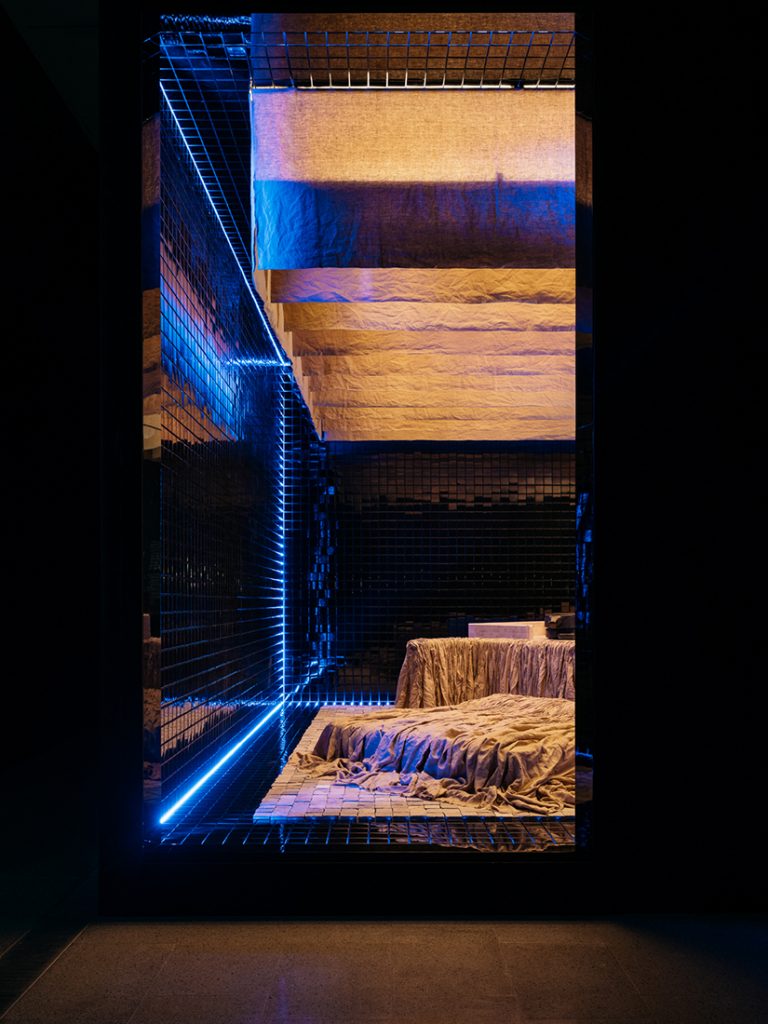
Rigg Design Prize (2018). Photo by Felix Forest
We conceptualised these key considerations in our first project under our new brand which was an installation piece titled, Our Natural Needs in a Digital World. We were invited to design the installation as part of the Rigg Design Prize at the National Gallery of Victoria in 2018. In this work, we juxtaposed how the core of our natural need for shelter, sanctuary, hygiene and intimacy has remained essentially unchanged for thousands of years, but with the recent introduction of technology we are rapidly responding to these needs in new and changing ways.
Our environments been transformed with the introduction of technology, and we have adapted to very fast and disruptive changes in the way we live. Perhaps in response to this, the development of new products and the re-working of our physical spaces will begin to slow down as we focus on the bigger social, political and sustainability challenges the world is facing.
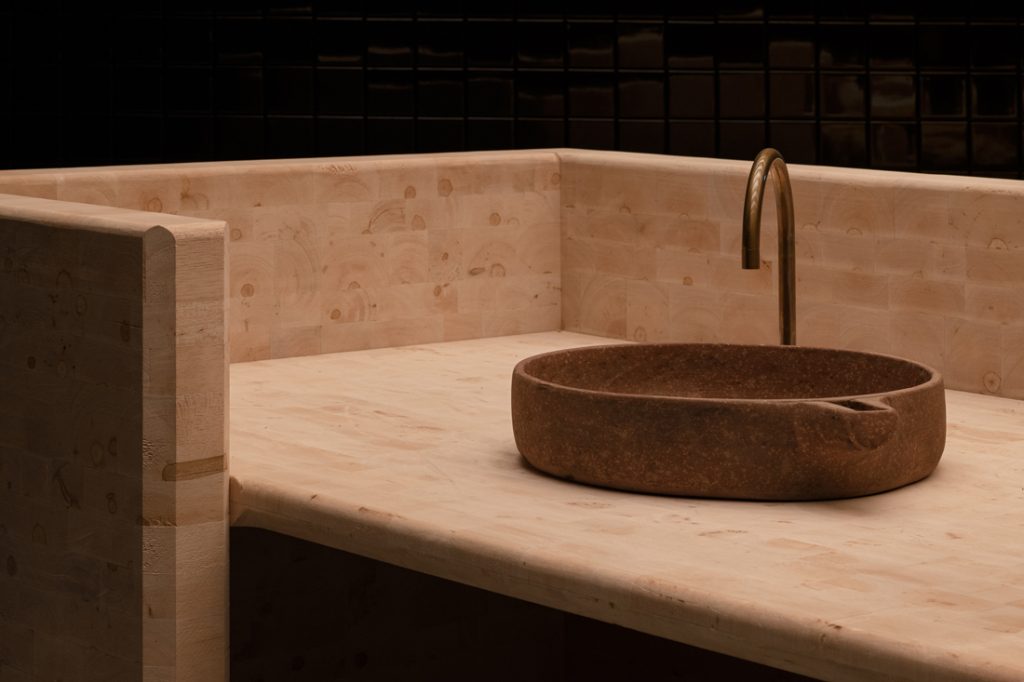
Rigg Design Prize (2018). Photo by Felix Forest
Over the last decade, we have established our design voice and recognise how we might continue to develop that voice. We have a better understanding of our greater vision and how a singular project can have a positive or negative impact on the greater context of the world and the environment.
We have been challenged by the globalisation of design ideas over the past ten years and because of this we are very interested in our projects responding to more than just the visual. We acknowledge the need to strengthen our approach to the issues we see as incredibly important, such as indigenous engagement and the recognition of first peoples. We are also interested in exploring ideas in this post-industrialised climate that will enable good design to be accessible without the consequences of destroying our natural environment.
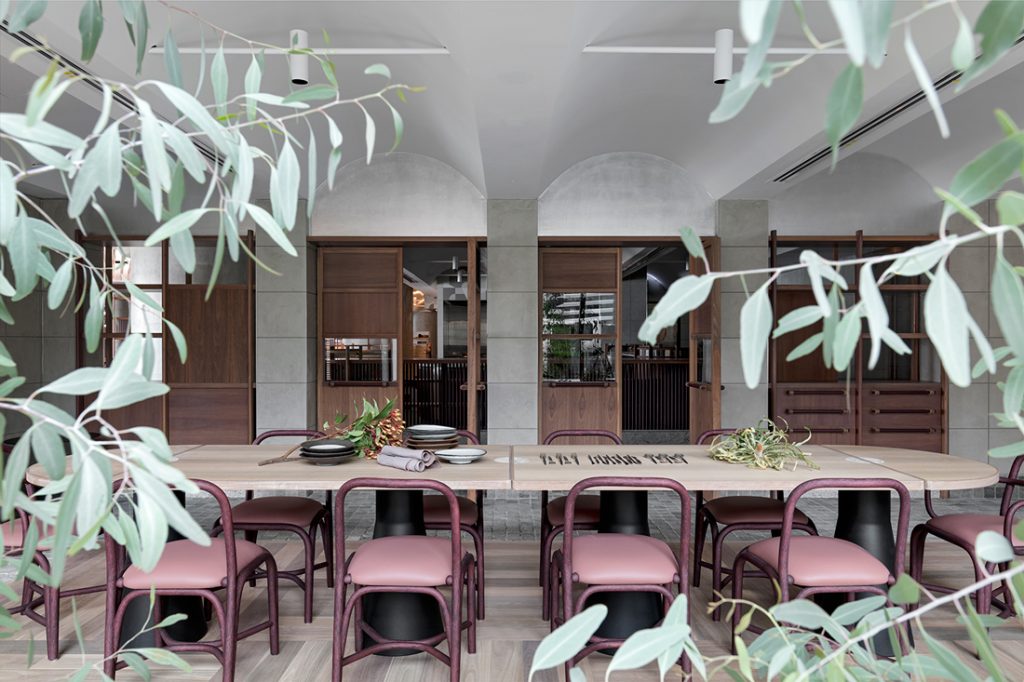
12 Micron (2017). Photo by Felix Forest
We have always prioritised the professional development of our team and hope to continue running a practice that nurtures future leaders and innovators in both the industry and academia. We have had colleagues go on to lead major educational institutions and establish recognised design practices.
Our hope is that we will finally see the true realisation of environmental objectives through retention, longevity, provenance and a greater understanding of the sensory human experience of space. We are also incredibly curious about the possibilities of artificial intelligence and the effect on our practice. As previously mentioned, we hope the issue of indigenous engagement and first peoples comes to the forefront of design and common thinking, and we work towards reducing our carbon footprint.
On a more personal level, we hope to continue being inspired and excited by our design, the vision of our clients and the outcomes of our projects.
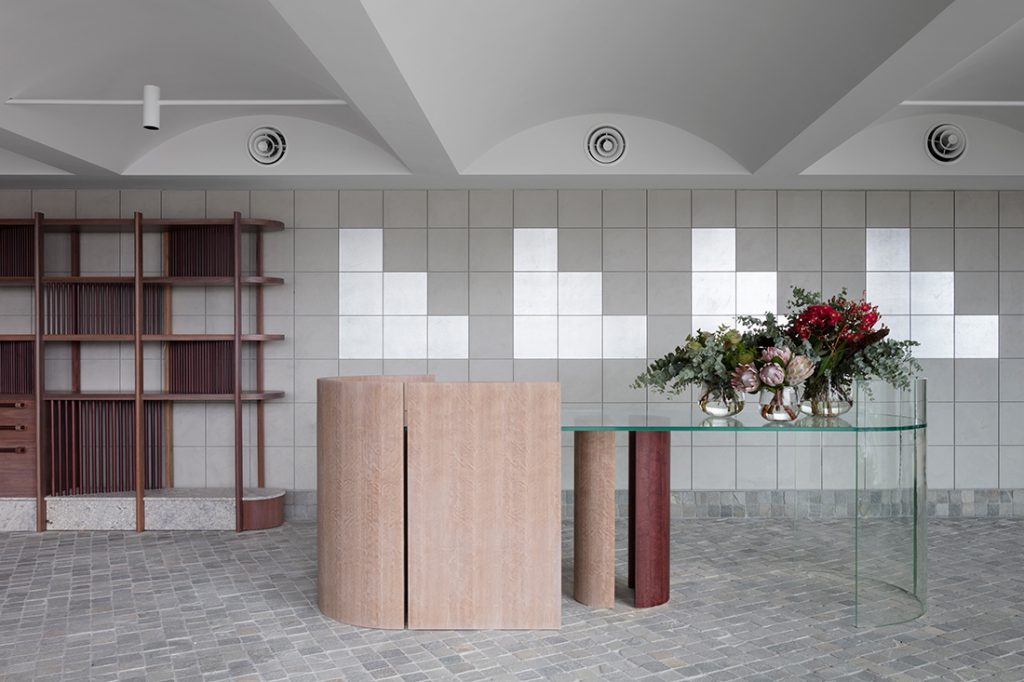
12 Micron (2017). Photo by Felix Forest
We have been very inspired and motivated by the way the architecture and design communities have united with the collective desire to change and reduce our carbon footprint. In the wake of the devastating bushfires in Australia over the summer, initiatives such as Architects Declare have had a great impact, driving change and setting green standards in our industry. It is crucial that the industry continues to lead to champion environmentally conscious and considered practices.
We would like to see a greater appreciation and understanding of the true luxury of artisan labour involved in the production of all goods and materials from developing economies. We believe this could counteract the current trend of the exploitation of exotic and limited natural resources as aspirational items.
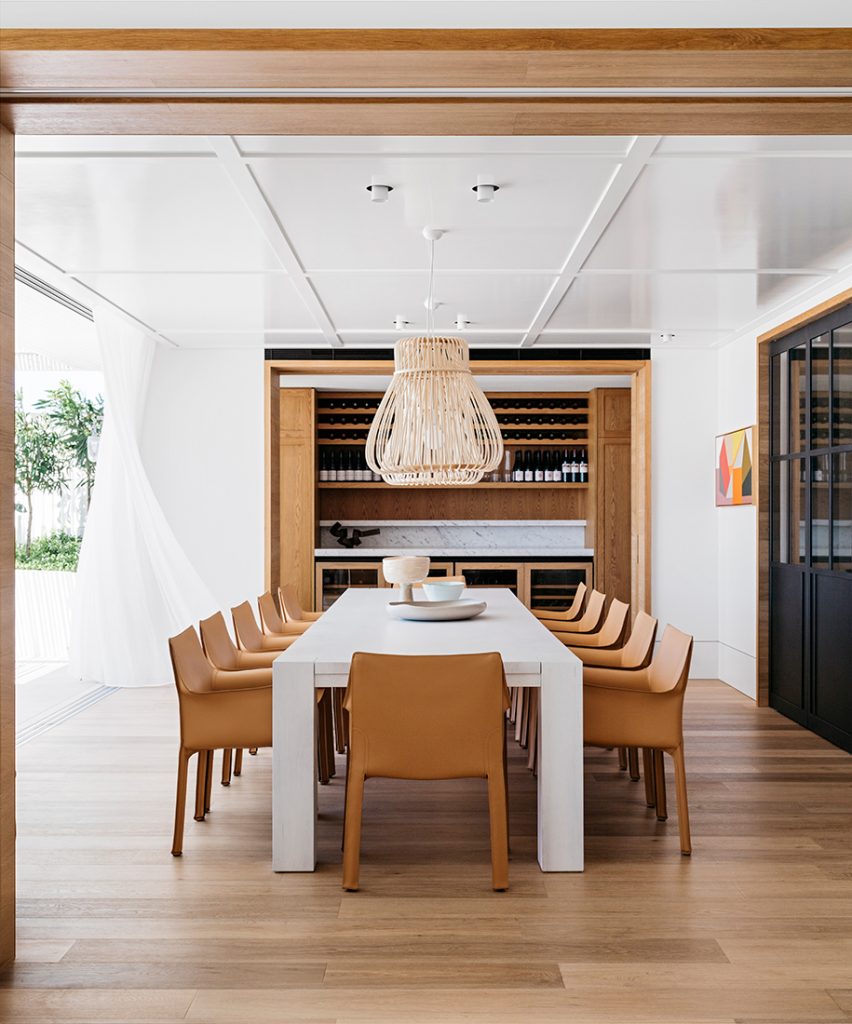
Beach House (2017). Photo by Felix Forest
Australia’s place in the Indo-Pacific region gives us a valuable opportunity to lead the world in creating meaningful commercial and design connections with our locality. One of our passions is to create spaces that align with the human need for wellbeing. Our region is rich with unique craftsmanship and we hope the industry continues to embrace the extraordinary knowledge and talent of the region for contextual outcomes.
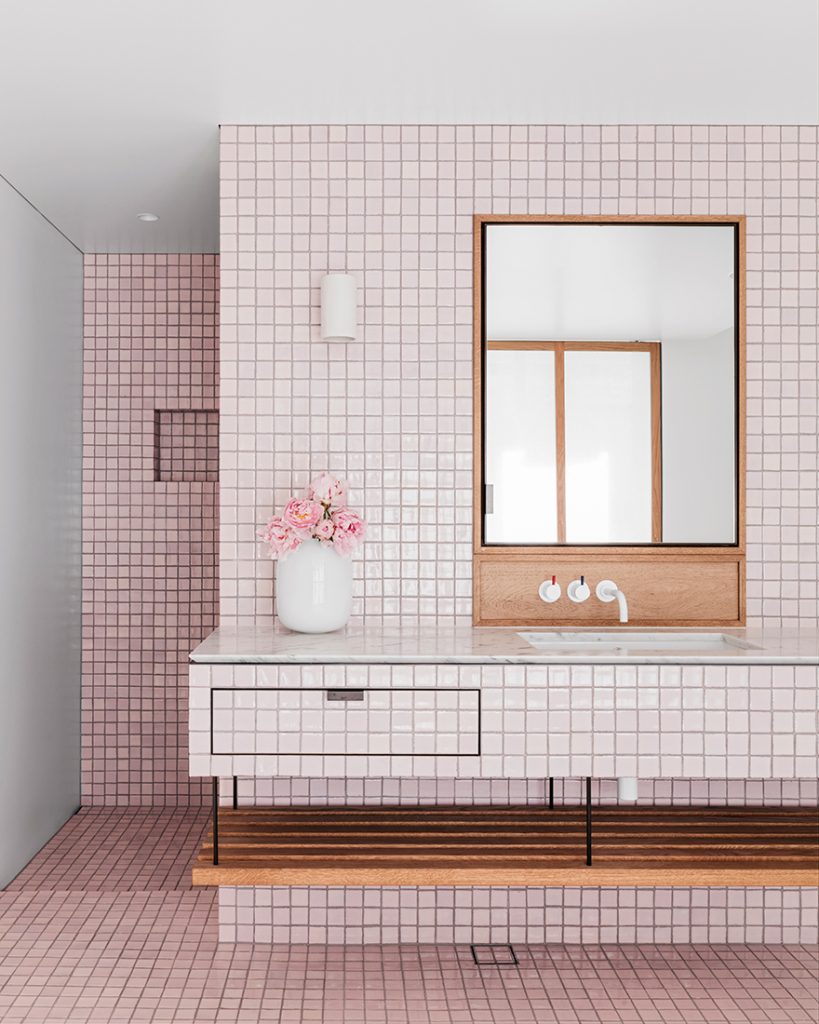
Beach House (2017). Photo by Felix Forest
Top image: Kirsten Stanisich and Jonathan Richards. Photo by Katie Kaars.
INDESIGN is on instagram
Follow @indesignlive
A searchable and comprehensive guide for specifying leading products and their suppliers
Keep up to date with the latest and greatest from our industry BFF's!
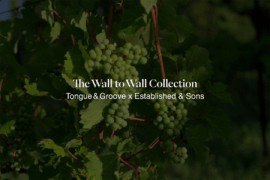
London-based design duo Raw Edges have joined forces with Established & Sons and Tongue & Groove to introduce Wall to Wall – a hand-stained, “living collection” that transforms parquet flooring into a canvas of colour, pattern, and possibility.
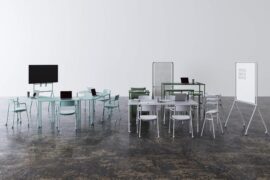
Welcomed to the Australian design scene in 2024, Kokuyo is set to redefine collaboration, bringing its unique blend of colour and function to individuals and corporations, designed to be used Any Way!
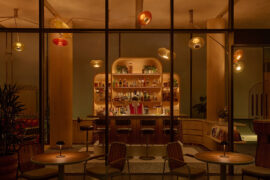
The Standard, Singapore by Ministry of Design has been crowned winner of The Social Space at the INDE.Awards 2025. Redefining hospitality with a lush and immersive experience, The Standard celebrates both community and connection.
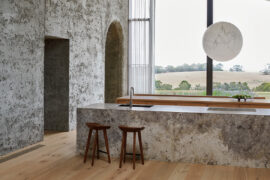
The INDE.Awards 2025 has named House on a Hill by Leeton Pointon Architects and Allison Pye Interiors as the winner of The Interior Space category, presented by Tongue & Groove. This multigenerational country home on Bunurong Country redefines residential architecture and design with its poetic balance of form, function, and sanctuary.
The internet never sleeps! Here's the stuff you might have missed
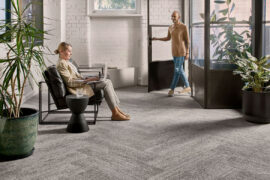
The new Heritage Loom Collection weaves past and present together to capture the spirit of iconic fabric construction

CO-architecture’s program is offering architecture and design professionals a new way to launch and grow practices with business support.